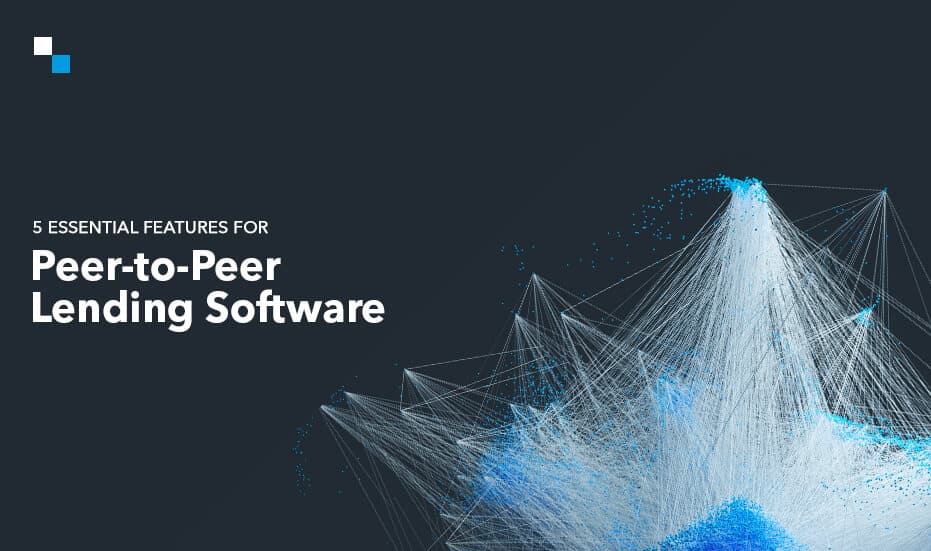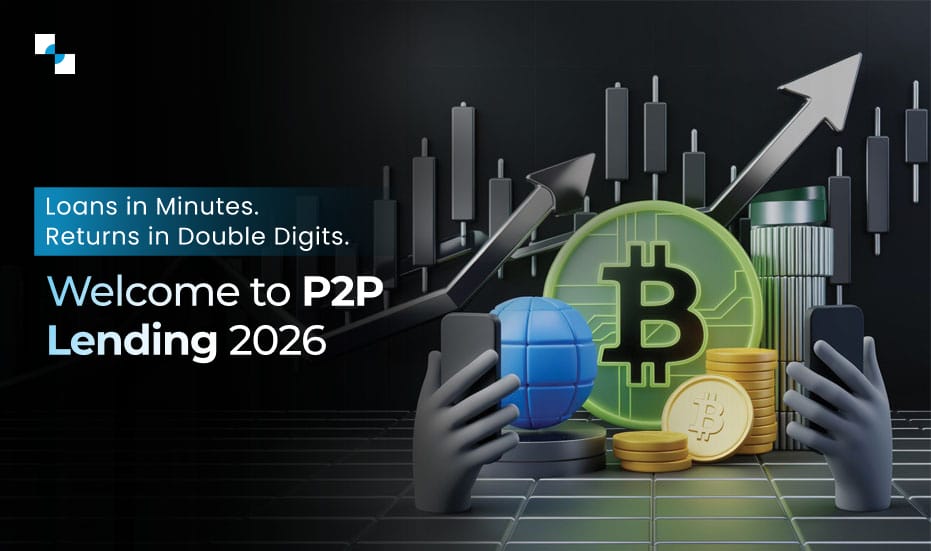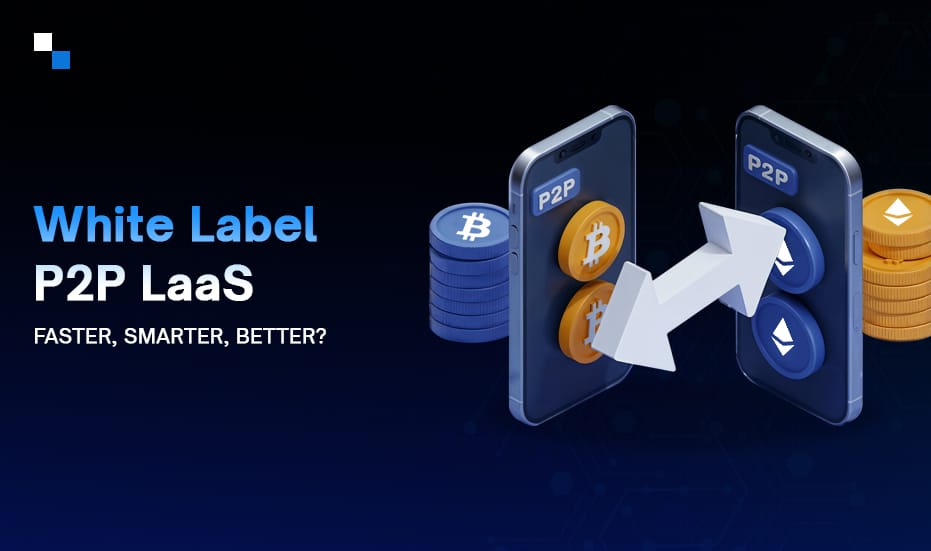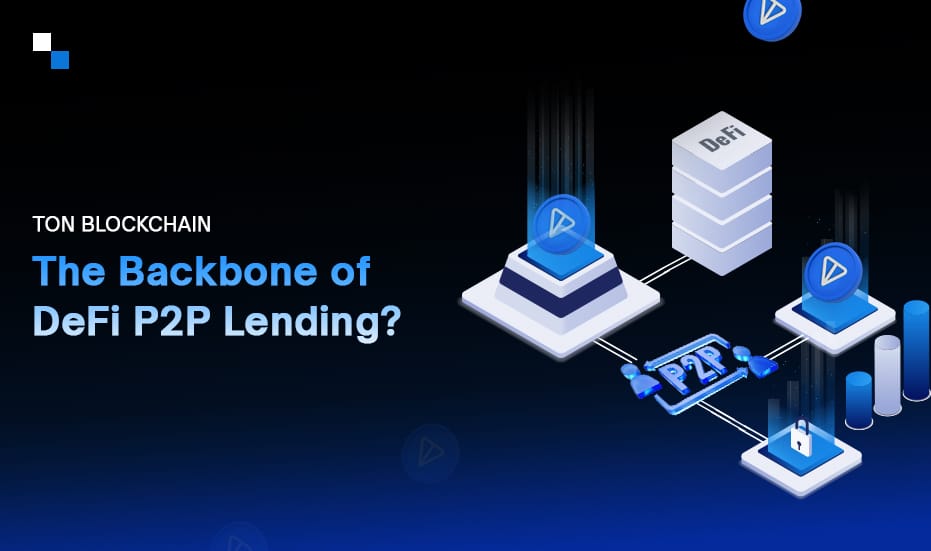Peer to peer lending has become increasingly popular in recent years as a viable alternative to traditional banking institutions for borrowing and lending money. As P2P lending continues to gain traction, won’t you like to develop a robust and feature-rich peer to peer lending software that is capable of attracting and retaining users? Well, a well-designed P2P lending software should not only facilitate efficient loan transactions but also provide a seamless and engaging experience for both borrowers and investors. It can be done only by integrating essential features that sets your P2P lending platform apart from competitors and ensures a long-term success.
Top 5 Features Your Peer to Peer Lending Platform Software Must Have
Here are some powerful features that should be included in any P2P lending software to drive efficiency, security, and user satisfaction.
1. Robust Identity Verification
Ensuring the identity and credibility of borrowers and investors is a significant parameter in P2P lending. Therefore, you need to incorporating robust identity verification features into the software in order to mitigate the risk of fraudulent activities and enhances trust among users. Advanced identity verification methods such as biometric authentication, document verification, and KYC (Know Your Customer) procedures should be seamlessly integrated to verify the identity of users and comply with regulatory requirements. It could involve document verification, background checks, and transaction monitoring.
2. Advanced Risk Assessment and Credit Scoring Models
The foundation of any successful peer to peer lending software lies in its ability to accurately assess risk and determine creditworthiness. Traditional credit scoring models often fail to capture the nuances of non-traditional borrower profiles, which may increase the probability of biases and missed opportunities. It will be necessary to incorporate advanced risk assessment and credit scoring models to make sure that your peer to peer lending platform software can provide a more comprehensive evaluation of borrowers’ creditworthiness.
Use of machine learning algorithms makes it easier to analyze a wide range of alternative data sources, such as social media activity, online footprints, and non-traditional income streams, to fetch a more clearer picture of a borrower’s financial situation. Furthermore, integrating robust fraud detection mechanisms can help mitigate risks associated with identity theft, synthetic identities, and other forms of fraudulent activities, ensuring the integrity of your platform and protecting the interests of both borrowers and investors.
3. Automated Loan Matching and Portfolio Management
The ability to efficiently match borrowers with interested investors based on predetermined criteria is one of the key value propositions of any P2P lending platform. You should consider implementing advanced algorithms and data-driven matching techniques to ensure that your P2P lending software can optimize the loan matching process. It will let you be assured that the borrowers will receive the best possible loan offers while investors can diversify their portfolios across multiple borrowers based on their investment goals and ability to handle risks.
Integrating sutomated portfolio management tools can further help the investor to access real-time analytics, performance tracking, and customizable dashboards. These features allows the investors to monitor their investments, adjust their strategies, and make informed decisions about their lending activities.
Furthermore, insertion of automated portfolio rebalancing and reinvestment tools in the peer to peer lending platform software will enable the investors to maintain a diversified portfolio aligned with their risk tolerance, minimizing the need for manual intervention and streamlining the overall investment management process.

4. Smart Contract Automation
Smart contracts play a pivotal role in automating the lending process, and eliminates the need for intermediaries, besides reducing transaction costs. P2P lending software can execute lending agreements automatically based on predefined terms and conditions. Smart contracts enable secure and transparent transactions, enforce loan agreements, and facilitate timely disbursement of funds and repayments, enhancing efficiency and reducing operational overhead.
5. Robust Security and Compliance Features
As a peer to peer lending software needs to deal with sensitive financial data and transactions, it will be necessary for you to implement robust security measures and ensure compliance with relevant regulations. Your P2P lending software should incorporate industry-standard security protocols, such as multi-factor authentication, end-to-end encryption, and secure communication channels, to safeguard user data and protect against cyber threats.
Additionally, integrating anti-money laundering (AML) and know-your-customer (KYC) processes is essential for preventing financial crimes and adhering to regulatory requirements. These features should be seamlessly integrated into the user onboarding and verification processes, enabling efficient and compliant user identification and risk assessment.
Steps For Developing a Crypto P2P Lending Software
Here are the steps for developing a crypto peer to peer lending platform software:
- Choose the right blockchain platform: It will be better to choose a blockchain platform for your P2P lending software that ensures speedy and low-cost transactions.
- Define the platform’s scope and features: Determine the target audience, types of loans that can be borrowed, what kind of crypto assets the platform will support, and the core functionalities you want to include.
- Develop a robust security infrastructure: Implement security features, including strong encryption, multi-factor authentication, and anti-fraud measures to safegaurd user data and transactions.
- Build the smart contract architecture: Design and deploy secure smart contracts to facilitate lending and borrowing operations through the peer to peer lending software without involving any intermediary.
- Integrate crypto wallets and payment gateways: Enable seamless integration with popular crypto wallets and payment gateways for efficient fund transfers.
- Implement automated loan matching: Develop algorithms to match borrowers with lenders based on predefined criteria and risk profiles.
- Build portfolio management tools: Provide investors with analytics, performance tracking, and automated portfolio rebalancing features.
- Ensure regulatory compliance: Adhere to relevant AML, KYC, and other financial regulations in the target jurisdictions.
- Design an intuitive user interface: Create a user-friendly interface with personalized experiences for borrowers and lenders.
- Test and launch the platform: Conduct thorough testing, obtain necessary licenses/approvals, and launch the platform with robust marketing strategies.
- Continuous improvement: Regularly update the software with new features, security enhancements, and performance optimizations based on user feedback and market trends.
Wrapping Up
Ready to develop a P2P lending software? First, you need t consider the essential features you must incorporate in the platform, which can facilitate identity verification, risk management, automated credit scoring, customizable loan terms, automated loan matching, and payment processing through smart contracts. Your software should als allow seamless integration with payment gateways.
Antier can stand by your side to complete the peer to peer lending software development process in an error-free manner. We will lace your peer to peer lending platform software with all essential user-centric features to ensure its long term success. We create a secure and efficient lending environment for borrowers and lenders alike. Let’s get started today!







